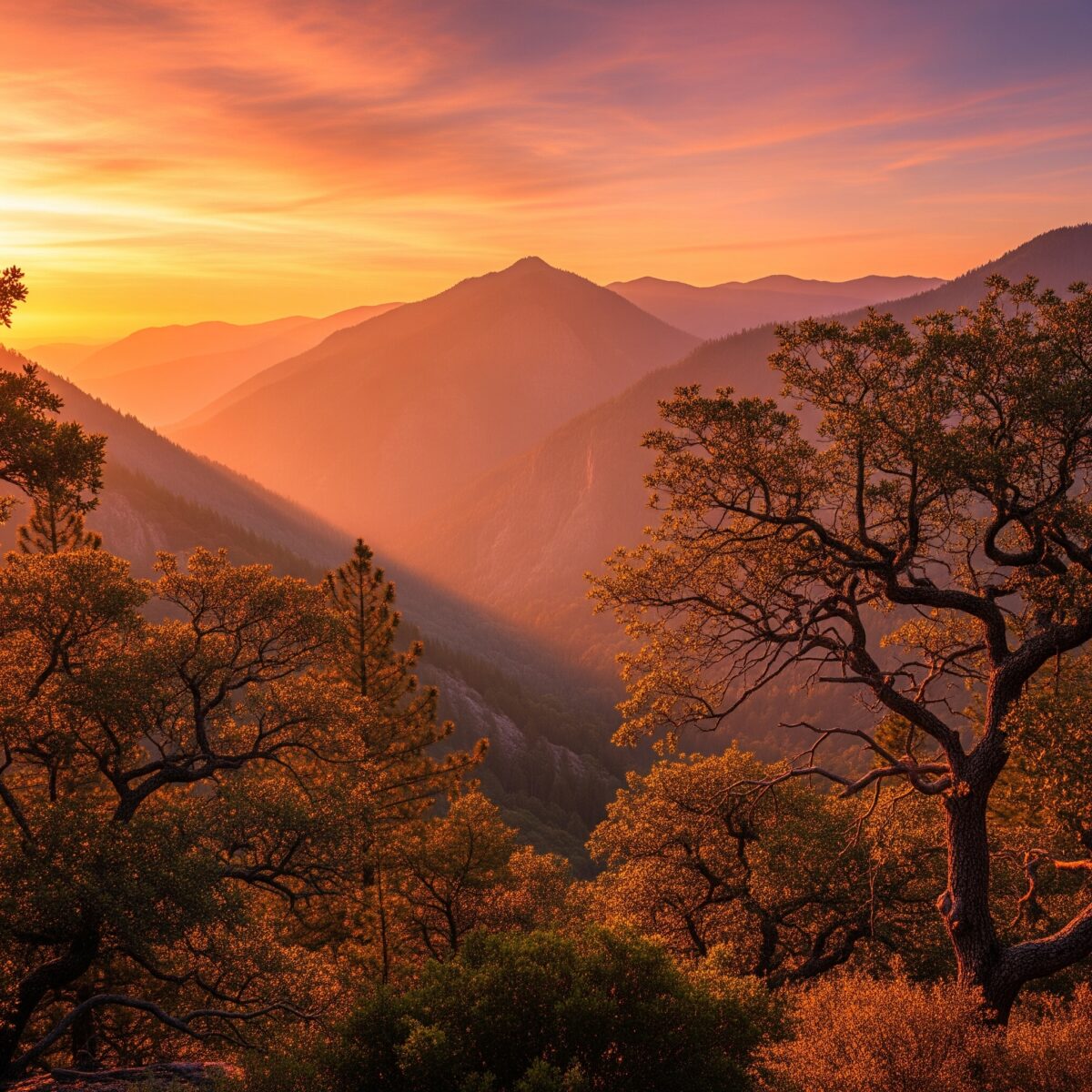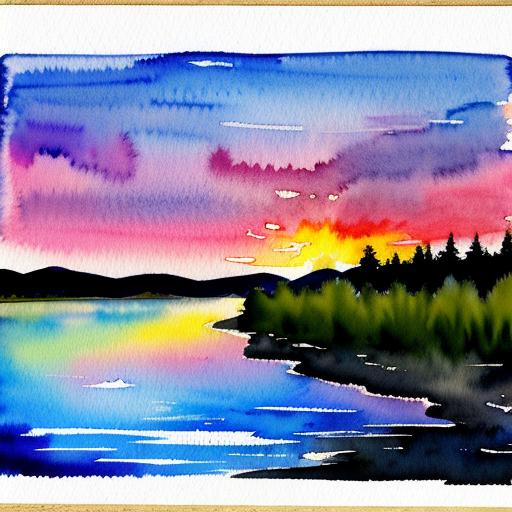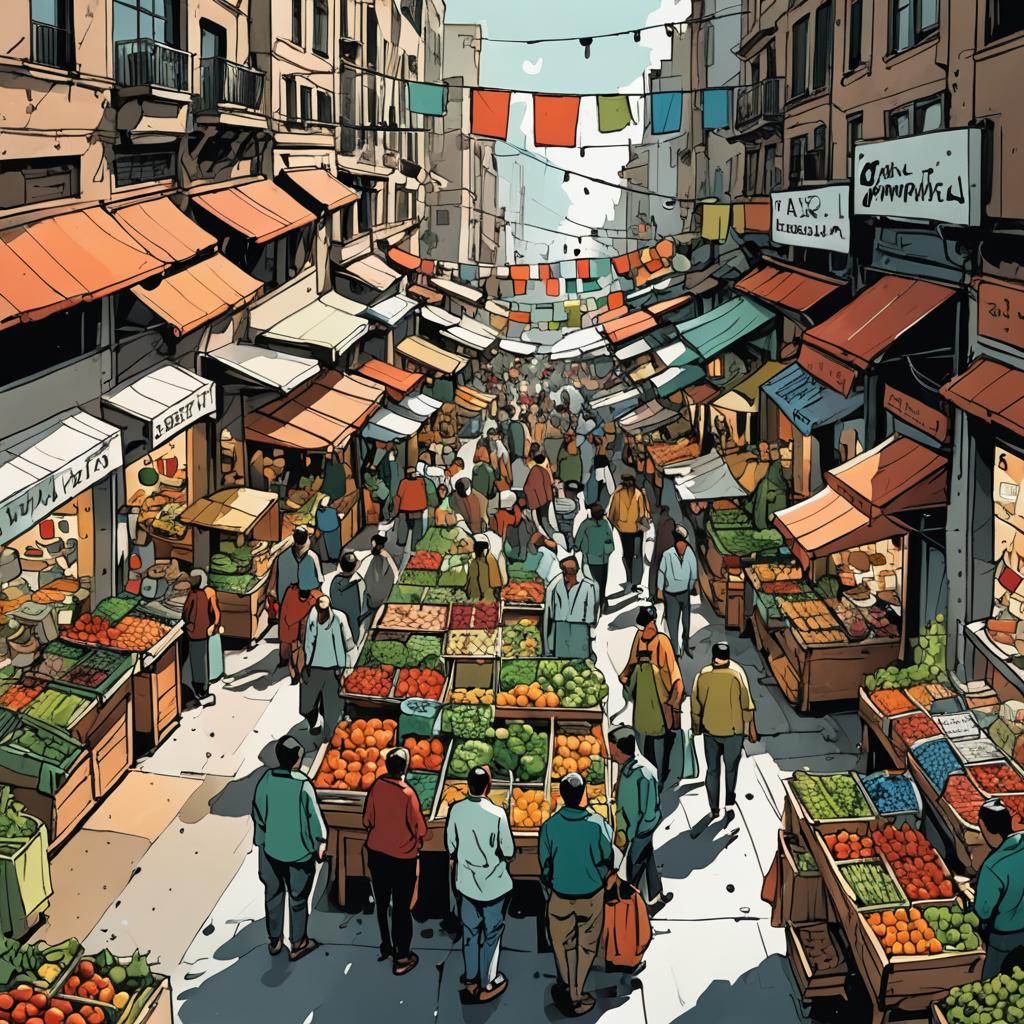Capturing a breathtaking landscape during the golden hour can turn a good painting into a masterpiece. The soft, glowing light just after sunrise or before sunset adds warmth, drama, and dimension to your art. In this article, we’ll explore 10 powerful landscape painting tips that will help you make the most of the golden hour. Whether you’re painting outside or in your studio, these practical tips can help you elevate your work with ease and clarity.
Key Point Summary:
- Golden hour adds warmth and dramatic shadows to landscapes.
- Prepare with scouting, sketching, and color mixing ahead of time.
- Understand light direction, tonal values, and reflections.
- Use underpainting and glazing techniques for glowing effects.
- Work fast and practice often to master changing light conditions.
Why the Golden Hour is a Painter’s Best Friend
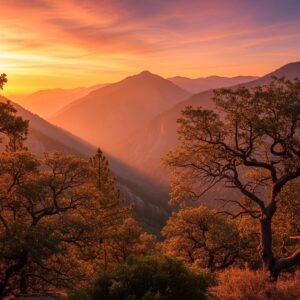
Golden hour is that magical time just after sunrise or just before sunset. The sunlight is soft and golden, creating long shadows and glowing highlights. This lighting can make even a simple scene look beautiful and emotional. When painting a landscape during golden hour, your work can capture that special moment of peace and wonder.
This time of day enhances the contrast between warm and cool tones, making scenes feel both calm and dramatic. Trees appear more majestic, fields take on a soft orange hue, and bodies of water reflect the sky like a mirror. The low angle of sunlight highlights textures that might be invisible in harsher daylight. Capturing that magic on canvas brings your artwork to life in a way no other time of day can.
If you’re new to painting, you might want to check out this beginner’s guide to understanding color theory in art to better grasp how light and color work together.
Landscape Painting Tips to Master the Golden Hour
1. Know Your Golden Hour Timing
Golden hour doesn’t last long — usually about 45 minutes. Use tools like GoldenHour.One to track golden hour in your area. Knowing the exact timing helps you plan ahead and avoid rushing.
Lighting changes quickly. The sun dips lower by the minute, and your entire landscape can shift tone dramatically in just five minutes. That’s why preparation is key. Write down the timing of golden hour throughout the year. Some artists even revisit the same location in different seasons to study how the golden light interacts with changing foliage, water levels, or skies.
Golden Hour Calculator
For landscape painters and photographers. Find the best natural light for today.
Morning Light
Evening Light
Blue Hour
Pro Tip: Get to your painting spot 30 minutes early to prep your materials and observe the light changes. Taking photos or notes at different intervals helps build your reference bank.
2. Scout Your Location Ahead of Time
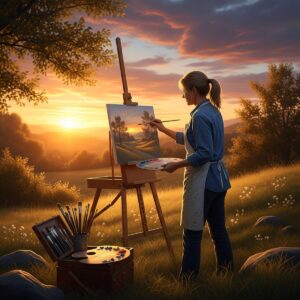
Use your phone or sketchbook to take reference photos or make value sketches during different times of day. A good composition starts with knowing your landscape well.
- Mark light direction and shadow positions.
- Look for strong silhouettes like trees, mountains, or buildings.
- Notice where the sun rises and sets.
- Return to the same spot at different times to build understanding.
By preparing beforehand, you avoid wasting valuable golden hour minutes figuring out your setup. Learn how to use light and shadow effectively for more lifelike depth and atmosphere.
3. Pre-Mix a Warm Color Palette
Golden hour scenes are filled with glowing reds, oranges, and purples. These warm hues make your work feel vibrant and alive. Pre-mixing your palette helps you stay efficient when the light starts to change.
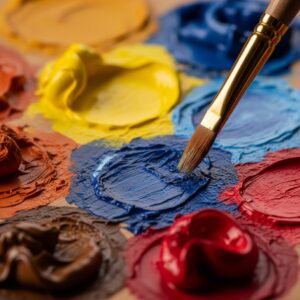
| Color | Use |
|---|---|
| Cadmium Yellow | Sunlit areas |
| Burnt Sienna | Earth tones & shadows |
| Alizarin Crimson | Glows in sky |
| Ultramarine Blue | Cool shadows |
| Titanium White | Subtle light accents |
This strategy pairs well with techniques in painting with a limited palette, which helps maintain color harmony and simplicity.
Don’t forget to bring your color wheel! Observing how complementary colors pop during golden hour can help you adjust your mixes more accurately.
4. Use Underpainting for a Natural Glow
An orange or red-toned underpainting can make your final colors feel warm and glowing. Underpainting sets the mood from the first brushstroke and creates cohesion throughout the painting.
Quote:
“A warm underpainting acts like sunlight shining through your entire piece.”
Art Educator, Julia Mendez
Start with a thin wash using burnt sienna or quinacridone gold. Let it dry slightly, then paint on top using transparent layers. This gives a beautiful inner light to your scene.
For a deeper look into layering techniques, visit Mastering Watercolor Layering and Blending.
5. Capture Dramatic Shadows
Golden hour creates long, soft-edged shadows. These add depth and mystery to your scene and help lead the viewer’s eye through the painting.
- Use a big brush for soft edges.
- Mix in cool tones like blue-violet to prevent shadows from looking dull.
- Observe how shadows wrap around objects.
Sometimes, the best part of a golden hour scene isn’t the sunlight — it’s the shadows. Emphasize their shapes as much as your highlights. If you struggle with this, explore how to fix overworked paintings without losing mood and atmosphere.
6. Plan Your Composition with Light Direction in Mind
Decide where your light source is. This helps shape objects and bring them to life.
Use rules of composition like:
- Rule of thirds
- Leading lines
- Natural framing with trees or rocks
Sketch your layout lightly before diving in. Consider where the eye will go first, and how golden light can help guide that movement. Shadows and light together create rhythm in your artwork.
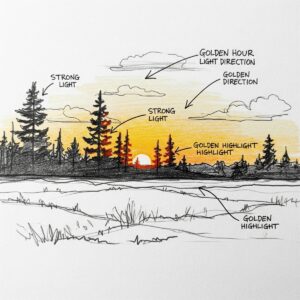
Try these composition techniques for stronger and more balanced art.
7. Work Fast and Light
Because golden hour changes fast, your painting method should too. Time is your biggest challenge during this window.
Try these strategies:
- Block in large shapes first
- Stick with a limited palette
- Keep brushstrokes loose and expressive
Use a timer to pace yourself. Work in 10-minute bursts focusing on light, then pause to check accuracy. If you’re painting plein air, speed is key! For more plein air strategies, read how to create a realistic landscape painting.
8. Use Reflections to Amplify the Effect
Water, glass, or shiny surfaces reflect the sky’s colors and light direction. Golden hour reflections often double the drama — warm skies mirrored in lakes or puddles create stunning compositions.
Try using:
- Horizontal brushstrokes for water
- Softer edges for sky reflections
- Vertical breaks to suggest movement
Learn to paint realistic reflections in your artwork to elevate realism and atmosphere.
9. Layer with Glazing for Studio Work
Glazing is a technique of applying thin transparent paint layers. This makes your painting glow, even without natural light. In the studio, you can mimic the golden hour effect using this approach.
Use mediums like:
- Linseed oil (oil painting)
- Glazing medium (acrylic)
- Gum arabic (watercolor)
Start with dark shapes, then build up light with thin color glazes. This gives a luminous quality to skies and highlights. Understand how to create depth in paintings with layered techniques.
10. Practice Often in Different Conditions
Each golden hour is unique. The more you practice, the more confident you’ll become in capturing its magic. Take notes, record your mixes, and even sketch after the sun sets.
- Paint in both morning and evening.
- Try sketching from memory after watching a sunset.
- Study other artists’ golden hour works like J.M.W. Turner, Claude Monet, and Edward Hopper.
Challenge yourself with timed studies. Even 10-minute sketches build your visual memory and improve future paintings.
Discover how great artists handled light in Mastering Impressionism Light Techniques.
🎥 Relevant Video: “How to Paint the Golden Hour”
🎨 Top 10 Painters Famous for Golden Hour Landscapes
| Painter | Notable Work(s) | Style / Movement | Why They’re Golden Hour Icons |
|---|---|---|---|
| Claude Monet | Impression, Sunrise, Haystacks | Impressionism | Mastered shifting light and atmospheric glow |
| J.M.W. Turner | The Fighting Temeraire, Sunset | Romanticism | Used glowing skies and reflections to dramatic effect |
| John Constable | The Hay Wain, Salisbury Cathedral | Naturalism / Romantic | Captured late-afternoon rural light with realism |
| Albert Bierstadt | Among the Sierra Nevada | Hudson River School | Known for majestic golden-lit mountain scenes |
| Isaac Levitan | Evening Bells, Golden Autumn | Russian Landscape | Poetic use of golden hour light in serene environments |
| Frederic Edwin Church | Twilight in the Wilderness | Luminism / Hudson River | Specialized in vivid, glowing sunsets |
| Winslow Homer | Sunset Fires, Northeaster | Realism | Mastered golden hour seascapes and light-over-water scenes |
| Joaquín Sorolla | Walk on the Beach, Afternoon Sun | Spanish Impressionism | Used bright, warm tones and shimmering seaside light |
| Thomas Cole | The Oxbow, Sunset in the Catskills | Romantic / Hudson River | Painted grand scenes with glowing, symbolic light |
| Edward Hopper | Early Sunday Morning, Rooms by the Sea | American Realism | Captured golden light in urban and architectural contexts |
🧠 FAQ: People Also Search For
Q: How do you paint light in a landscape?
A: Start with an underpainting, choose warm hues for highlights, and plan your light direction early. Use glazes and layering for depth.
Q: What are the best colors for golden hour painting?
A: Cadmium yellow, burnt sienna, ultramarine blue, and alizarin crimson create the glowing warmth of golden hour.
Q: Can I paint golden hour from a photo?
A: Yes! Use a strong reference photo and adjust colors slightly warmer to recreate the glow.
Q: What’s the difference between sunrise and sunset golden hour?
A: Sunrise tends to have cooler tones, while sunset leans warmer. Both create beautiful scenes.
Q: How can I improve my plein air painting?
A: Practice sketching fast, bring limited gear, and plan your composition and light ahead of time. You can also check out easy canvas art ideas to build your skills.
Final Thoughts on Landscape Painting Tips
The golden hour is one of the most rewarding times to paint outdoors. With these landscape painting tips, you’ll be able to capture the mood, glow, and serenity of nature’s most magical light. It’s more than just a time of day — it’s a state of beauty where everything appears softer and more expressive.

Let each golden hour become a study of light and mood. Bring your materials, your patience, and your passion. Whether you’re painting lakes, forests, fields, or cities, the golden hour will show you how to see light in new ways.
If you’re looking for more techniques, try exploring our Ultimate Guide to Painting or dig deeper into different types of painting styles.

